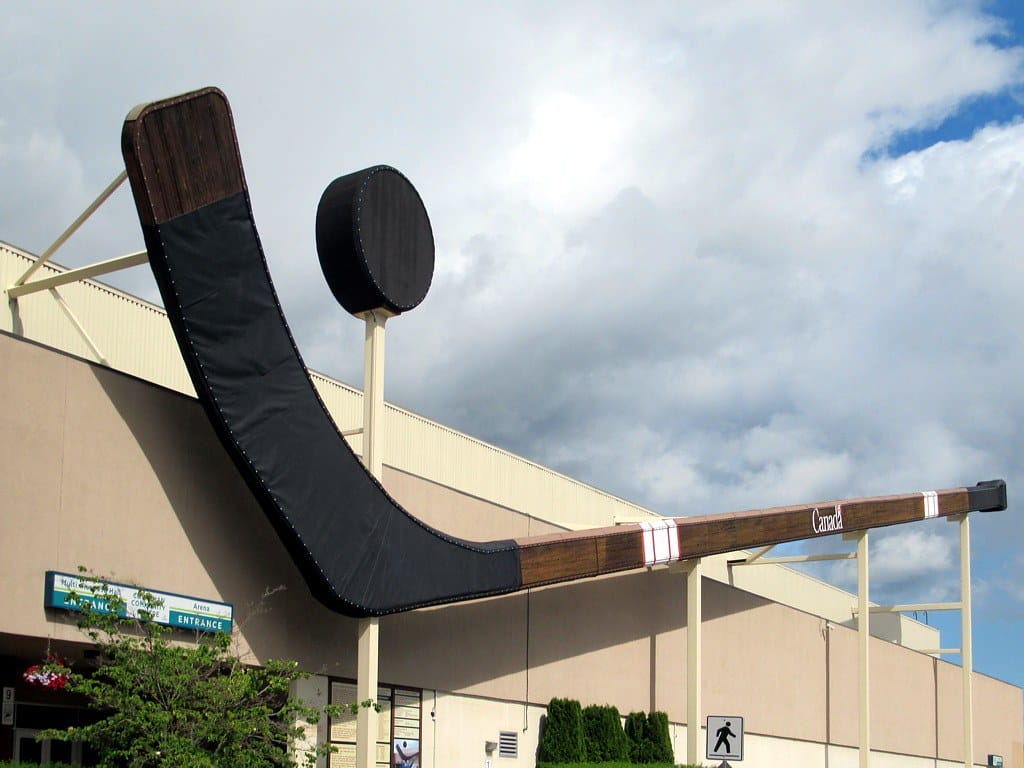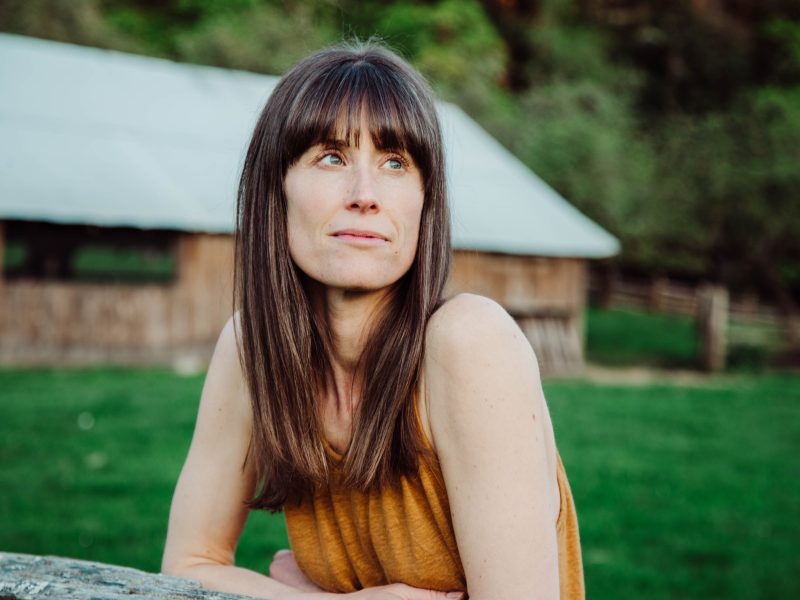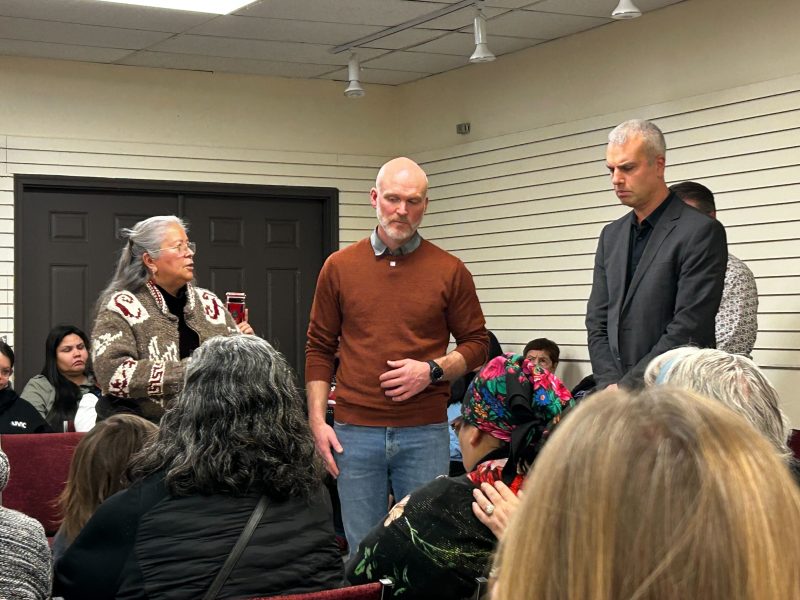
This month, voters in the Cowichan Valley Regional District (CVRD) will decide if they support a new funding model for major recreation centres, one that aims to more equitably distribute the costs of those facilities based on who uses them.
The question will appear on the ballots for all voters in the region, including residents of the CVRD’s nine electoral areas, the four municipalities in the region (North Cowichan, Duncan, Ladysmith and Lake Cowichan) and 34 First Nations reservations.
However, the wording of the question on the ballot itself won’t be enough to understand the implications of the proposal, including how it will impact taxes for property owners.
Here’s what you need to know to make an informed choice.
Why is this happening?
“The funding for large recreational facilities in the Cowichan region has been an issue since the Fuller Lake Arena was constructed in the late 1960s,” explains John Elzinga, manager for community services with the CVRD. The Municipality of North Cowichan paid for its construction and operations, but it attracted many people from beyond the municipal borders.
Today, there are nine large recreation facilities in the region, paid for by various jurisdictions. In all cases there’s some disparity between whose taxes pay for the operations and who uses the facilities.
The facilities at issue in the referendum are:
- The Cowichan Aquatic Centre
- The Cowichan Community Centre
- The Cowichan Lake Sports Arena
- The Cowichan Performing Arts Centre
- The Cowichan Sportsplex
- The Frank Jameson Community Centre
- The Fuller Lake Arena
- The Kerry Park Recreation Centre
- The Shawnigan Lake Community Centre
The funding structure for other recreation and community facilities in the region will not change, regardless of the referendum’s outcome.
Over the years, the jurisdictions involved have tried to address the inequities through one-off agreements at a significant cost, Elzinga says. This proposal would offer a long-term, region-wide solution that would distribute funding between jurisdictions based on the percentage of a facility’s users that live in a given jurisdiction.
How did we get here?
In 2015, the CVRD board directed staff to look at options for a regional model for recreation funding. A sub-committee investigated residents’ wants and needs for recreational facilities, now and for the future. Two reports, in 2017 and 2022, studied who is currently using these facilities, and where they live.
Various proposals for different funding models were considered. In 2020, the CVRD voted to have this proposal, with funding distributed based on usage, considered by residents in a referendum.
What’s being proposed?
A given jurisdiction’s overall contribution will be determined by its residents’ usage of the facilities. For example, if 20 per cent of visitors to the Cowichan Aquatic Centre live in the City of Duncan, the City of Duncan will contribute 20 per cent of the funds to that facility.
Within a jurisdiction, the costs will be shared among property owners according to relative property values, as is currently and normally the case.
Initially, usage will be determined using an average of the 2017 and 2022 usage studies. A new usage study will be completed in 2027 and every five years thereafter, at an anticipated cost of $50,000 per study. In the future, usage will be calculated using the three most recent usage studies.
The funding will cover operational costs as well as emergency capital expenses, such as replacing a leaky roof or piece of broken equipment. It won’t cover long-term debt related to the facility’s initial construction or costs related to an expansion of the facility and its services. The referendum, if passed, won’t change how much funding the facilities get, only how those costs are distributed.
If approved, the change in funding model would be phased in over three years.
How will it impact property taxes?
Depending on the jurisdiction, property taxes will go up, go down or stay pretty much the same if this proposal goes ahead.
The following table describes the expected change in taxes for the average property owner and per $100,000 in assessed property value in each jurisdiction, at the end of the three-year transition.
Taxpayers would see a third of this impact in the first year, another third in the second and the full impact in the third. For example, if the total tax increase after three years is $30, taxes would be expected to rise by $10 in 2023, by an additional $10 in 2024 and by another $10 in 2025. (That’s the rough idea, though it’s not exactly that simple, considering that recreation budgets and property assessments will change, year over year.)
| Municipality or electoral area | Total change in annual taxes for the average property owner | Change in tax rate per $100,000 assessed value |
| Town of Lake Cowichan | $140 | $23.35 |
| Area A (Mill Bay/Malahat) | $129 | $14.66 |
| Municipality of North Cowichan – North End (Crofton and Chemainus area) | $113 | $17.18 |
| Area G (Gulf Islands) | $106 | $15.33 |
| Area C (Cobble Hill) | $106 | $12.70 |
| Area E (Cowichan Station/Sahtlam/Glenora) | $93 | $13.17 |
| Area G (Saltair) | $86 | $12.35 |
| Area B (Shawnigan Lake) | $84 | $9.14 |
| Area H (North Oyster/Diamond) | $63 | $8.18 |
| Town of Ladysmith | $9 | $1.49 |
| Area D (Cowichan Bay) | $4 | $0.59 |
| City of Duncan | -$86 | -$17.94 |
| Municipality of North Cowichan – South End (south of Crofton) | -$108 | -$16.42 |
| Area I (Youbou/Meade Creek) | -$223 | -$22.98 |
| Area F (Cowichan Lake South/Skutz Falls) | -$248 | -$31.44 |
Note that the proposal separates North Cowichan into north and south ends, and Area G into Saltair and the Gulf Islands, with different implications for each.
Postal addresses do not necessarily correspond to electoral jurisdictions. Here’s a basic map of the CVRD that shows the boundaries of the jurisdictions. For more detail, visit the CVRD Web Map.
For more detailed tax information, residents can visit the project website and find the jurisdiction they’re interested in on the right-hand side of the page.
What if the referendum fails?
For the referendum to pass, a majority of those who vote need to support this proposal. It will pass region-wide or not at all.
If it doesn’t pass, jurisdictions will likely continue to attempt addressing funding inequities through ad-hoc agreements, possible two-tiered user fees and other measures. The region would still lack a long-term solution to funding inequities.
What if I have more questions?
The Plan Your Cowichan website includes detailed information about the referendum at www.planyourcowichan.ca/recfund. There, you can find a detailed list of FAQs, access background reports, add questions and comments to a public forum and find contact information for CVRD staff who can address additional questions.



